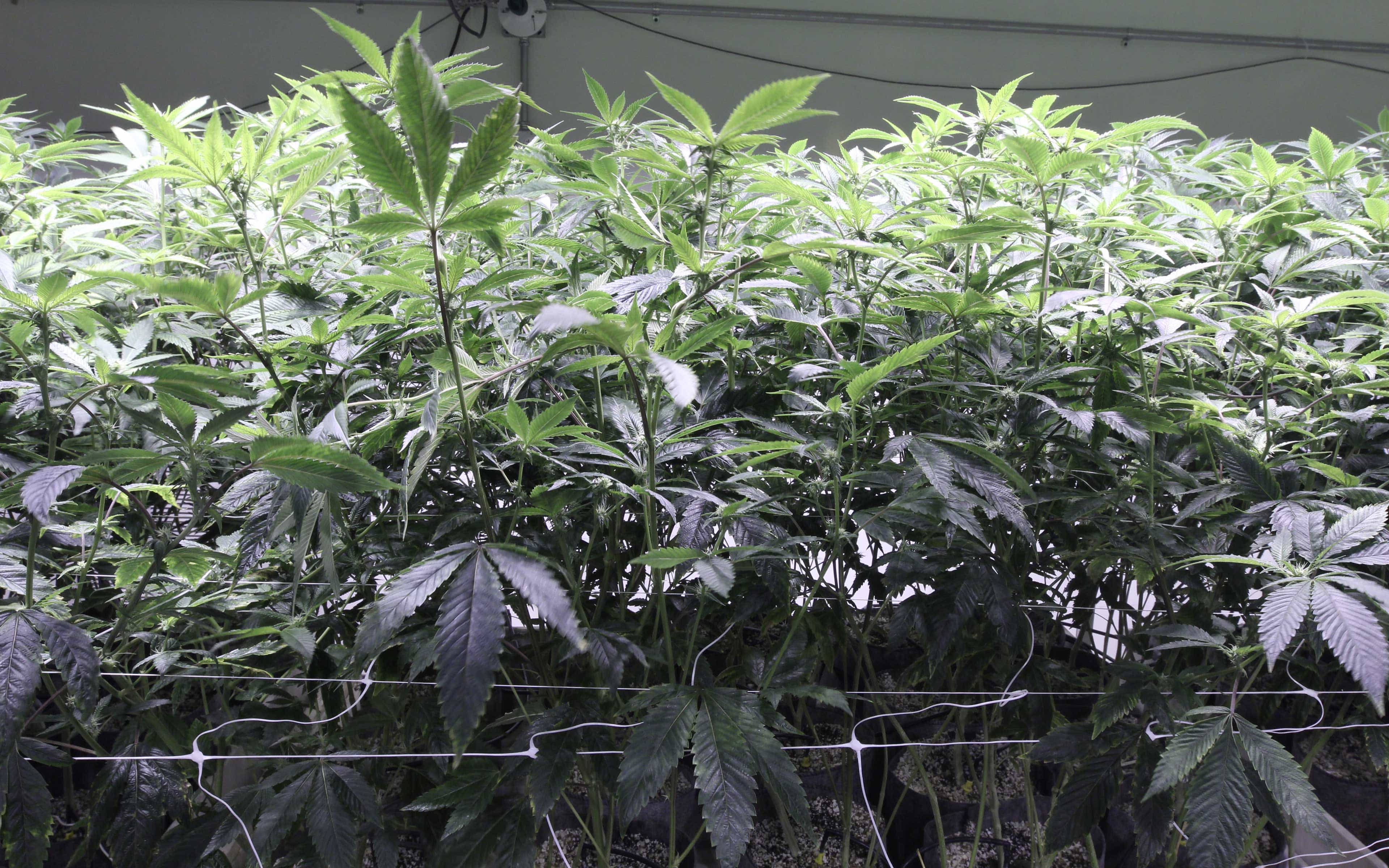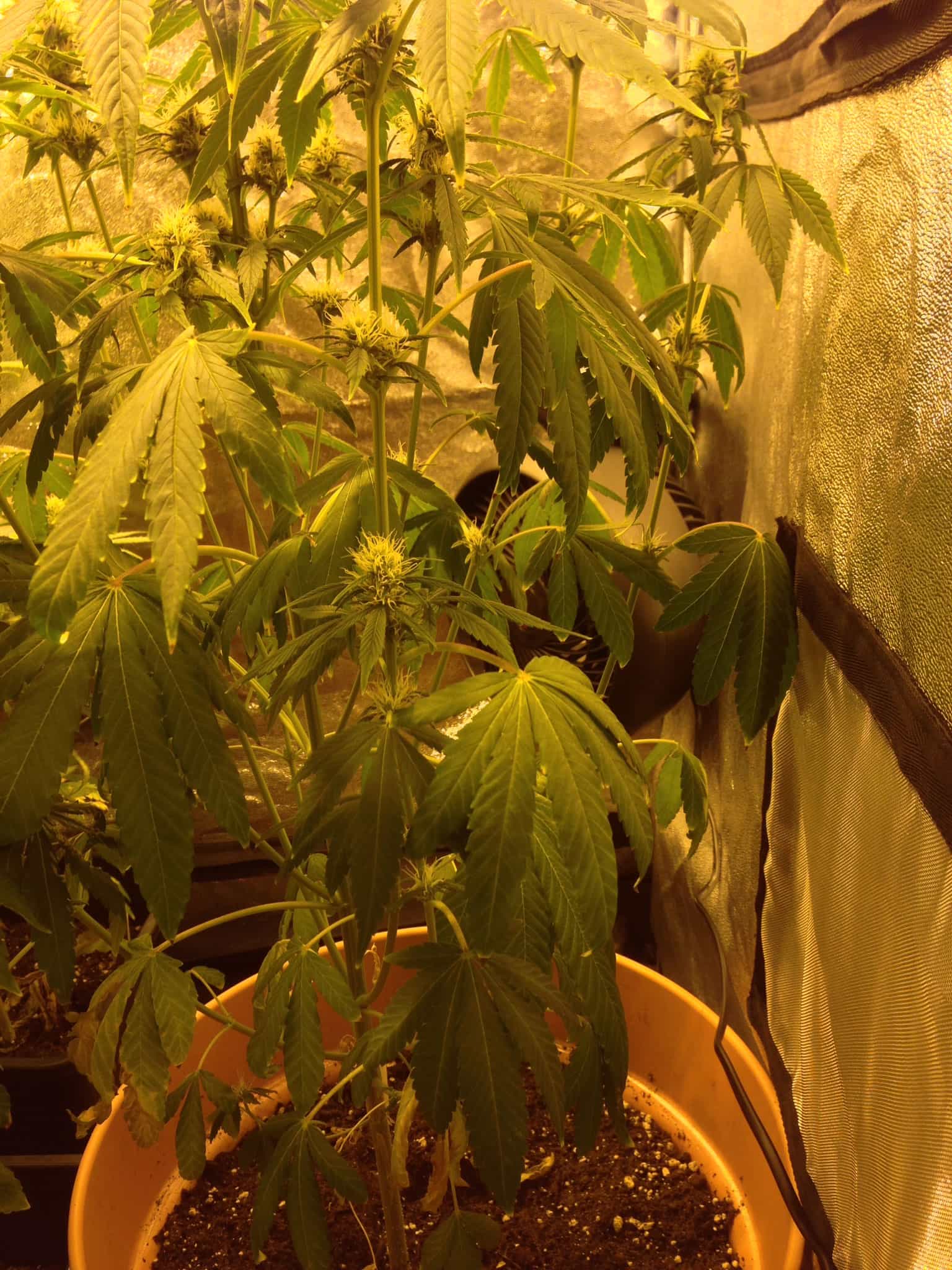I think, therefore I am. I am, therefore I think.
Anyone that has experience growing plants, and not just cannabis plants, will attest to the fact that they have seen moments when their plants are happy and when they are sad.
Does this mean that there is some form of thought that a plant can communicate or create?
On one episode of the TV show Myth Busters, the hosts hooked up a plant to a lie detector test. This experiment was originally written about by two authors Peter Tompkins and Christopher Bird in their book, The Secret Life of Plants.
In that book, they discuss an experiment done by a famous CIA polygraph expert who hooked up a galvanometer machine to a dracaena. He found that simply by thinking about setting the plant on fire, a reaction was registered by his polygraph.
“Could this have been the plant reading his mind?” he thought.
They eventually went on to hook up dozens of plants and found that they all elicited a similar reaction which was registered by the galvanometer. As later scientists tried replicating these experiments with little to no success, much of these theories were debunked.
However, recently this discussion has come up again with new evidence showing that plants might indeed have a more complex neurobiology.
In his article, “The Intelligent Plant,” Michael Pollan looks at several new scientific studies that have begun examining this very question.

Photo by Harry Resin
In one controversial article, written in 2006 in the journal Trends in Plant Science, six renowned plant biologists proposed that plants might indeed have a more complex system that exists which enables the plant to process information and coordinate a response. Plants sense subtle changes to their environment, they communicate via electrical impulses through their roots and mycorrhizae, and these scientists proposed that there might be an underlying system that governs these reactions and responses.
When certain plants are subjected to the sounds of caterpillars, they elicit a chemical defense mechanism. It is these functions that concerned these scientists about the way in which electrical and chemical signaling systems worked in a plant.
NYU philosophy professor Chauncey Maher approached the subject from another more philosophical angle in an article called “Do Plant Have Minds.”
In his words, he “aims to nourish curiosity about the subject and to clear some ground and plant the proverbial question in our minds.” Any gardener will tell you after spending significant time in a garden, you will observe the difference between happy and sad plants.
This might indeed be a bit too anthropomorphized, but when those lights come on and the plants wake up, you can almost see them smiling as they lift their leaves up to the light. In this same way ,when they are too hot or haven’t been watered, their leaves droop. We know that plants don’t have conventional brains like mammals do, but could there be another system that operates in a plant that is similar to our minds?
Essentially “mind” is the set of cognitive faculties including consciousness, perception, thinking and judgement. Are any of these traits detectable in plants? Can a plant understand?
The above experiments provide an interesting starting point for science to begin examining all of the functions governing a plants existence.

Photo by Harry Resin
In another recent experiment done by Monica Gagliano, she demonstrated the ability of a mimosa plant to learn and remember. The paper was rejected by more than 10 publications because of its controversial nature.
In the experiment, she had set up a machine that would drop the mimosa plant without harming it. One of its traits is to collapse its leaves when stressed, but after five to six vertical drops, the plant learned it would not be harmed and stopped collapsing its leaves. She repeated this experiment for up to a month, and the plant remembered that any time it was dropped vertically, it was safe. At the same time, when she shook the plants, it still collapsed its leaves, thinking it was in danger.
Now again, was this some sort of mechanism that the plant switched on or off, or was it indeed some form of memory?
As more and more experiments become devoted to this line of thinking, it will be interesting to see where the science takes us.
Keep it green and keep on growing!
Any questions? Please feel free to email me at harryresin@hightimes.com; and for more photos, you can find me on Instagram @Harry_Resin.
Previously from Harry’s World: PM Demystified
For all of HIGH TIMES’ latest grow coverage, click here.




0 DL LiNKS:
Post a Comment
Add yours...